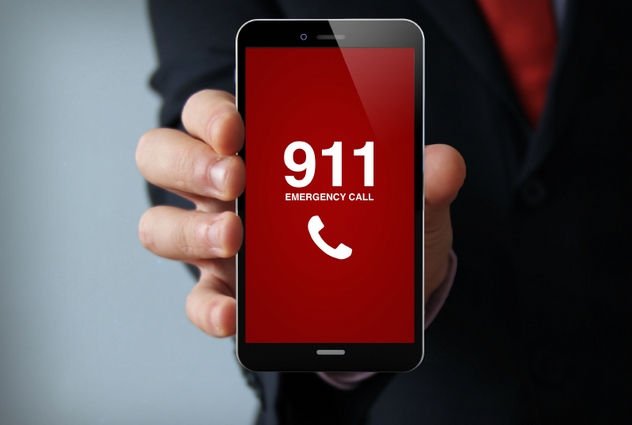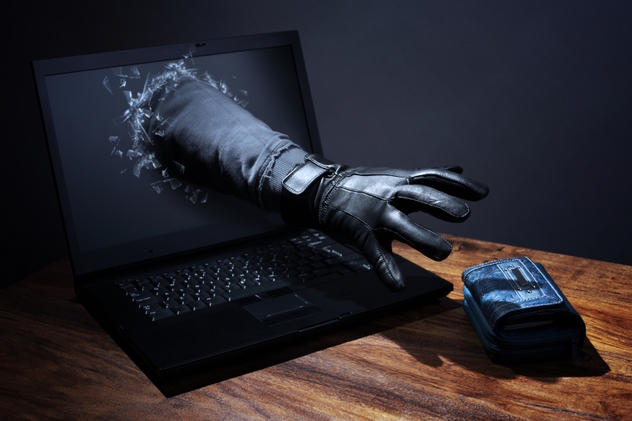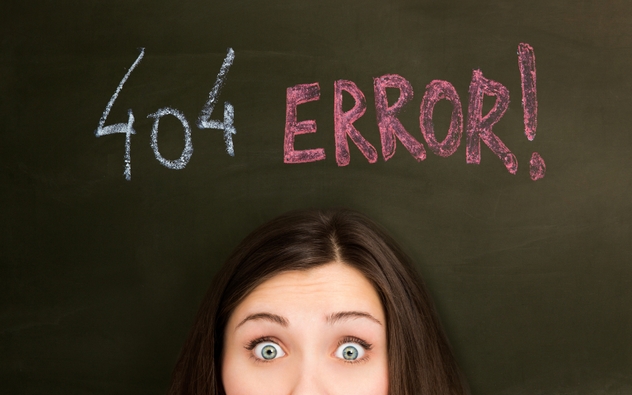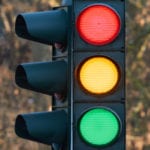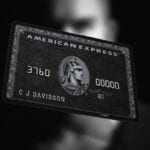10007
007 is synonymous with the fictional British spy, James Bond. To start with, Ian Fleming, the original writer of the James Bond series, was a reporter-turned-writer who worked for the British naval intelligence during World War II. He named his fictional spy after a real-life bird scientist with the same name. Ian Fleming did not know the real James Bond in person but had come across his name on one of his books. Fleming settled for the name because he felt it fit the dull personality he wanted for his character. Nevertheless, the fictional James Bond ended up being more popular than the real one, who even got into problems at an airport because officials thought he’d forged his name. James Bond’s code, 007, is based on 0070, which was the code Germany assigned to the series of messages that led to the infamous Zimmermann telegram incident. The Zimmermann telegram was a series of messages sent between Germany and the German embassy in Mexico. The messages urged Mexico to go to war with the United States and revealed Germany’s plans to use submarines to sink US ships.
9911
The brutal murder of Catherine Genovese on March 13, 1964, is one of the most referenced cases of the “bystander effect”—where no one does anything to save a situation because of the belief that someone else will. At least 12 people witnessed the murder, yet none of them interfered to save her. At the time that Catherine Genovese was murdered, the United States had no unified emergency number. People had to either call the police on their private lines or rush down to the police station to report emergencies. The police did not answer all calls, and even when they did, they would sometimes advise the callers to mind their business and not interfere in issues that were of no concern to them. In fact, during Genovese’s murder, a man called the police but no one picked up the call. While Genovese’s case was just one of the hundreds of murders that occurred in New York in 1964, it was perhaps the most publicized. The great public disapproval that followed it led to the creation of the 911 system, as well as the introduction of “Good Samaritan” laws in all states. These laws exempt people from legal action if their attempts to help someone else end up complicating that person’s life.
8419
The term “419” is used to refer to fraud, especially fraudulent emails sent over the Internet. Such emails, which are often financial requests with promises of bogus rewards, are sometimes called “Nigerian prince scams,” because they originate in Nigeria. 419 mails predate emails, as they have been sent since the era of letters, telex, and fax. They began in the 1990s, when unemployed Nigerian university graduates began sending fraudulent letters to Nigerian businessmen and, later, their American and Western European counterparts. The term “419” stems from section 419 of the Nigerian Criminal Code. Section 419, which deals with fraud, states that anybody who obtains anything that can be stolen from someone else with the intention of defrauding that person should be given a jail term of three to seven years. While 419 mails originated in Nigeria, today’s 419 emails are sent by gangs that involve several independent cells living in different parts of Africa and Eastern Europe.
7999
999 is the British equivalent of 911. It was introduced on June 30, 1937, two years after five women died in a house fire. Before its introduction, people had to send telegrams to the police or go to the police station to report emergencies. Alternatively, they could press “0” to dial their phone exchange and ask the operator to connect them to the police, ambulance, or fire department, as applicable. However, many people could not reach the emergency services via the telephone on the day of the fire because the phone network was jammed. After the proposal of a general emergency code was passed, it was suggested that the emergency number should be one that could be easily found even if the caller was surrounded by thick smoke. In addition to 999, several other numbers were proposed, but most were rejected for various reasons. 111 was not used because it could be accidentally dialed by faulty telephones, 222 was linked to the Abbey telephone exchange, and the first “0” in 000 would have called the exchange operator. The 999 emergency number did not go down well with the police, who kicked against having a telephone in their stations, because they felt it was embarrassing for people to call them to report crimes. So the responsibility of picking up the 999 calls was given to the Post Office.
6555
The average movie lover should have noticed that most phone numbers used in Hollywood movies start with “555.” This is because viewers are very likely to call the numbers used in the movies, either out of curiosity or in the hope of speaking to the cast. Hollywood producers began using 555 phone numbers in the 1970s. Before that, they used real-but-inactive phone numbers. The reason why producers began using fake numbers starting with 555 is unclear, but it is most likely due to the fact that no area of the United States begins with letters J, K, or L, which are the three letters that would have been assigned to 555. However, there are many real numbers that now begin with 555. In fact, since 1994, the North American Numbering Plan Administration has freed 555 for use by real people, except numbers between 555-0100 and 555-0199, which are still reserved for movies.
5420
420 is so synonymous with marijuana that marijuana smokers celebrate the annual marijuana day on April 20 (4/20). There are several rumors about the origin of the code. Some say it was named after the California Penal Code 420, which deals with drug use. Others claim that it began as a secret code by the Los Angeles and New York police departments to share information on marijuana smokers. Some believe it was named after the number of chemicals found in marijuana or because April 20 is the best time to plant marijuana. They are all wrong. The term “420” was first used for marijuana by five Californian high school students in 1971. It began when the students, who called themselves the Waldos (since they often stood by a wall), planned to meet at 4:20 PM after school so they could track down a marijuana plantation with a map. They never found the plantation, but they continued meeting at 4:20 PM . Before long, they began using the code to refer to marijuana. Soon, the code was in use by their friends, including members of the Grateful Dead rock band who introduced it to their fans, and so on.
4High Five
The term “high five” refers to the overhead handshake that is credited to Los Angeles Dodgers players Dusty Baker and Glenn Burke, who did it after winning a baseball game. Glenn Burke initiated the handshake while Baker, who was initially confused about what to do with Burke’s wide-open palm, instinctively slapped it. This story remains somewhat inconclusive, as the high five handshake might have been in existence for thousands of years. Ancient Egyptian drawings, for instance, often depict people, animal-like people, and people-like animals with their arms high up in the air as if they wanted to give one another a high five. Since the drawings never show the hands in contact, we cannot definitely say whether ancient Egyptians have been high-fiving themselves. Several other basketball and baseball players claimed to have invented the high five handshake, along with the name. One of them is basketball player Lamont Sleets, who claimed he invented and gave the first high five back in the 1960s. Apart from the high five, there is also the low five, which is done with the hands below the waist rather than above the head. It was common among jazz musicians and African Americans back in the 1920s but never enjoyed widespread use like its upper-handed version.
386
86 is code for “doing away with something,” although it’s also used to mean dismissing, stopping, or even killing someone. The code has several prospective origins, although none have been accepted as the real one. Some believe it started during the Prohibition era, when corrupt police officers would call paying barmen to warn them of an impending raid. It is also said to have been a variation of the US Navy code “AT-6,” which was used to mark any item that was to be disposed of. The code is also said to refer to death: the standard grave is eight feet long and six feet deep. It is also said to have begun as slang used by restaurant staff to inform colleagues that their kitchen had run out of something and, later on, by restaurants and bars to mean that someone should be sent out. Of all its possible origins, the restaurant version is given the most credence. There is also evidence that it has been used since at least 1944 to mean that someone should not be served alcohol in a bar.
2187
The code 187 is used by gangs to refer to homicide or murder. So associated is it with those two crimes that it has even been used as evidence in court cases. One of such cases is that of rapper Lil Boosie, who was accused of paying an assassin to kill a rival rapper and gangster. A few hours before the assassination of the rival rapper-cum-gangster, Lil Boosie had recorded a song titled “187,” where he referred to the term, as well as the name of the assassin. Minutes after the assassination, he also went on to record another song titled “Body Bag.” Another similar incident was that of a maniac who attacked an elderly woman on the street because his own cousin had poked his girlfriend on Facebook. Before the attack, he had written on his Facebook wall, “It’s straight up 187.” The term comes from the California Legislative Code 187, which deals with murder and abortion. A similar term, 186, is used to mean a threat to kill someone or a failed murder attempt.
1404
The average Internet user should be familiar with the phrase: “Error 404: Page not found.” It pops up whenever we follow a broken or dead link. Rumor has it that the code was started by a group of young scientists who started the Internet. The scientists worked at the European Organization for Nuclear Research (CERN), where they had the Internet central database in room 404. It was from this room that they manually retrieved and sent data requested from the central database. The database grew in size, and people soon began requesting files with the wrong names. Whenever that happened, the scientists simply replied with the phrase, “Room 404: File not found.” When the Internet became automated, the scientists no longer manually needed to respond to the error. Instead, it was the server that automatically generated the error and sent it to people’s computers. This rumor is false. The 404 arose from HTTP error codes, which could begin with 1, 2, 3, 4, or 5, depending on the type of error. Errors that begin with a “4” are client errors. The “04” that follows the first “4” means “not found.” So, “404” means “client error, not found.” The reason why servers bring out different phrases after the 404 error is that it is not mandatory for the server to recognize the two numbers after the first number. That is why some servers show “Error 404: Page not found” while others show “Error 404: Not found” or “Error 404: File not found.”

